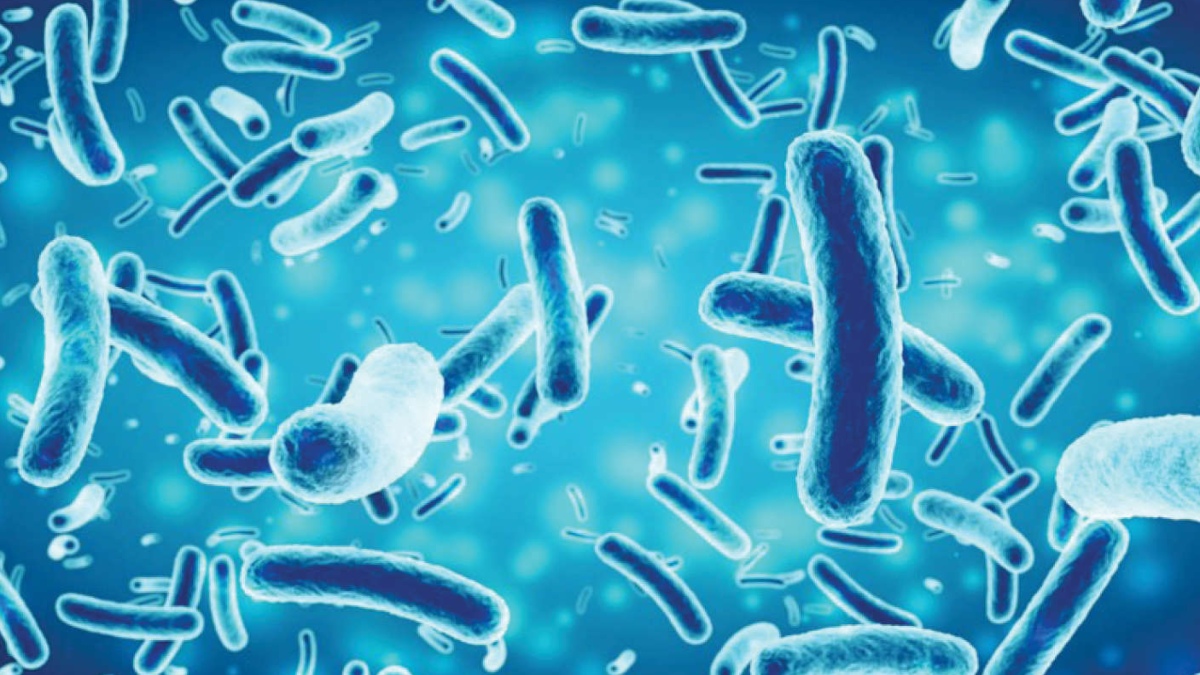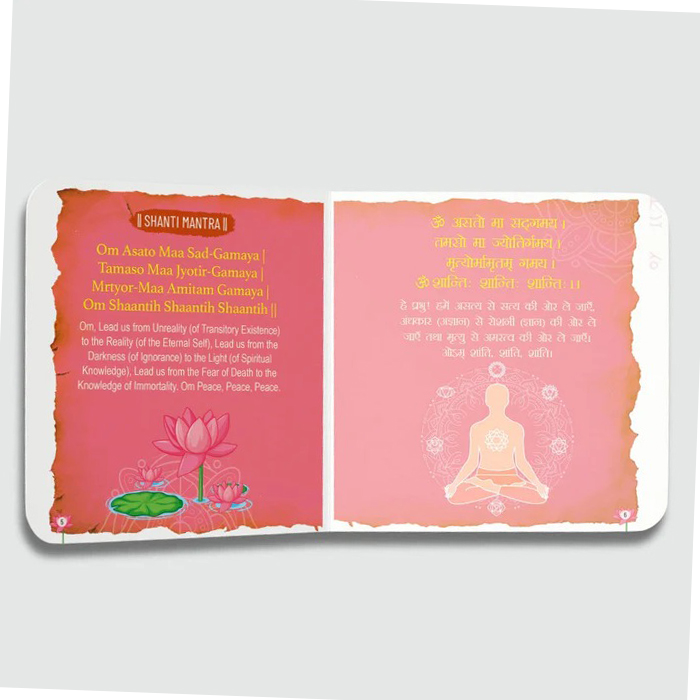
A recent ICMR report has left healthcare providers, patients, and infection control experts worried about the rising Antimicrobial Resistance in India. The report says that more than 50 percent of ICU patients in recent times have been battling a type of Pneumonia caused by the bacteria ‘Klebsiella Pneumonia’, which will not respond to even powerful antibiotics like Carbapenem. Another antibiotic, Imipenem, will not affect a mutated form of E-coli in 3 out of 10 cases. This means mutations in microbes, be it bacteria, viruses, or fungi—are rendering medicines useless when the patients most need them.
Given the pandemic and the extensive use of antibiotics to fight Covid-19, antibiotic resistance has been accelerated. Many experts are of the opinion that our approach to treating Covid-19 in hospitals could be exacerbating the problem.
Having said that, India with its combination of a large population, rising incomes that facilitate the purchase of antibiotics, high burden of infectious diseases, and easy over-the-counter access to antibiotics —is an important locus for the generation of resistance genes. This was the state even before the pandemic hit us.
Antibiotic resistance leads to longer hospital stays, higher medical costs, and increased mortality. We have already seen the rise of secondary infections and rare fungal infections such as mucor mycosis or black fungus, white fungus, and yellow fungus, taking a toll on Covid-19 patients during the second wave. Several studies attribute this to the injudicious use of steroids and other antibiotics medicines.
Moreover, even before the pandemic, India experienced over 56,000 newborn deaths each year due to Sepsis that is caused by organisms that are resistant to first-line antibiotics. Also, an estimated 170,000 deaths from Pneumonia in children under five, can be averted with timely access to effective antibiotics. While rising rates of resistant infections are a threat, many deaths are attributable to the lack of access to basic antibiotics.
Another important aspect is the use of antibiotics in the poultry and animal industry. This is much larger than what we imagine and obviously contributes to the growing menace of resistance.
So, how do we control and tackle growing Antimicrobial Resistance (AMR) in India?
We need to balance excessive and inappropriate use, a key driver of antibiotic resistance while ensuring live-saving medicines are available to those who need them. There is also a need to improve vaccination coverage, access to clean water, adequate sanitation, and improved hygiene.
However, efforts must be made to bring about behavioral changes in terms of hygiene practices, self-medication efforts, and proper health education. Vaccination has been shown to reduce the transmission of AMR infections and the volume of antibiotics consumed due to both, appropriate treatment of bacterial infections and viral infections.
India has undertaken many activities like Mission Indradhanush — to address low vaccination coverage and strengthened micro-planning and additional mechanisms to improve monitoring & accountability. Yet, improvements in coverage are still needed. Moreover, antibiotic stewardship programs are very much needed, to help providers and clinicians make the best clinical decisions possible for an antibiotic prescription. Antibiotic stewardship is the systemic effort to ensure effective treatment of infections, and therefore combat AMR, by monitoring and advising on antibiotic prescription and use. Another aspect is the appropriate management of antibiotics throughout the supply chain—from manufacturing to consumption. Effluents from pharma manufacturing contain active antibiotics, resistant bacteria, and resistant genes; they contaminate rivers, streams, and wells, including waters that are used for drinking and bathing. This increases both the emergence of resistant bacteria in local populations and also its spread. In addition, even lower levels of contamination in wastewater can cause resistant bacteria. In the same light, researchers have noted that contamination in areas where there is an antibiotic manufacturing industry led to an increase in bacterium causing resistance to Carbapenems.
Another source of environmental contamination is contaminated hospital waste. Untreated hospital waste may contain antibiotics and resistant bacteria. Where disposal mechanisms are inadequate, such waste puts staff and patients at increased risk from AMR. Hence, a concerted approach that incorporates diverse stakeholders to tackle and control the spread of antibiotics is essential.
The author is Director of Critical Care at Fortis Hospital, Mumbai and a member of Maharashtra’s Covid-19 Taskforce















